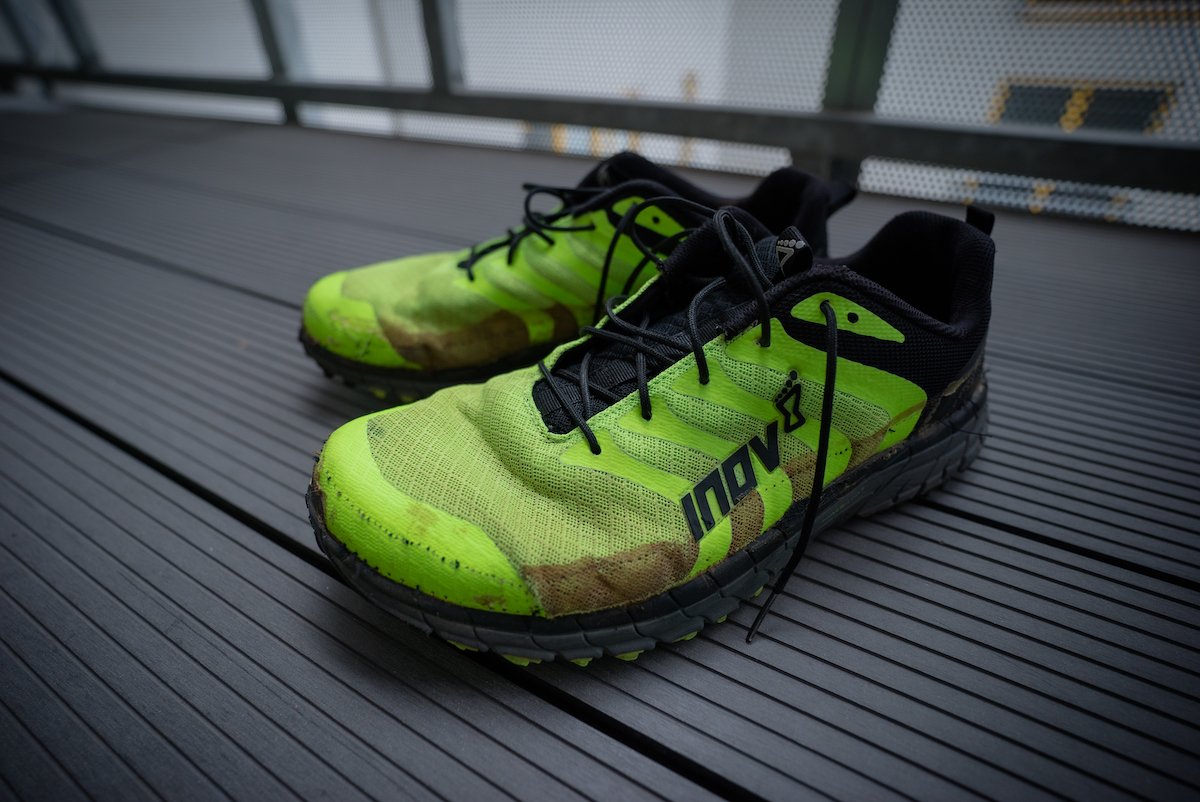Time left until the next Marathon des Sables
Choosing your food for the Marathon des Sables
Ethics statement: Within the article, there are affiliate links. If you buy something after clicking the link, I will receive a small commission. To know more about our terms of service, you can visit the link at the bottom of the page. Thank you!
Food selection for the Marathon des Sables is a hugely personal choice (as you might expect), however, is also a delicate balance between hydration (i.e., not taking too much dry or salty food), morale (because the race is hard work, if you hadn’t already realised), and weight (well, obvs).
As a larger runner (I’m 6’ 2” / 188cm and was 97 kilograms at the time), my strategy for what I chose to eat was based on the meal and what I was likely doing at the time.
Breakfast
The first meal of the day is clearly an important one as you want it to be slow-release energy, taste good, and give you a little morale. You’ve slept for as many hours as you can, so your energy levels are already likely to be low before you even get to the start line.
Every morning I’d start the day with an instant 3-in-1 Coffee (either cappuccino or latte), which I’d sometimes mix with a hot chocolate for extra carbohydrates and a little sugar to make me more mentally alert.
Some of the boiling water would also be used to make my breakfast, which would be pre-flavoured porridge oats, another slow-release carb-heavy food source. A few of the mornings would also see me have a few chunks of dried mango as well, but these were more of a morale boost used strategically for when I thought I might need a treat.
Continue reading in our digital MdS guidebook!
This digital download is over 8000 words of hard-won knowledge, advice, guidance, ideas across 17 pages, covering the following subjects:
- How to choose the right shoes for the Marathon des Sables
- Sleeping bags options
- Food selection
- Essential clothing for the Marathon des Sables
- Nutritional demands / calorie planning for the race
- Different backpack options
- The application process.
- How to meet the cut-off times
- The race format.
- Understanding the mandatory gear list.
- Tent etiquette.
- Weight reduction ideas for your kit.
- Taking care of yourself and blister management.
- Race strategy for completion.
- The pre-race medical checks
- Where to get your footwear tailored for gaiters.
- Planning for charity fundraising.
- Ideas to aid physical preparation.
- How to condition yourself for the demands of the desert
- How to enter from overseas
- How to generate social media interest for funding it.






